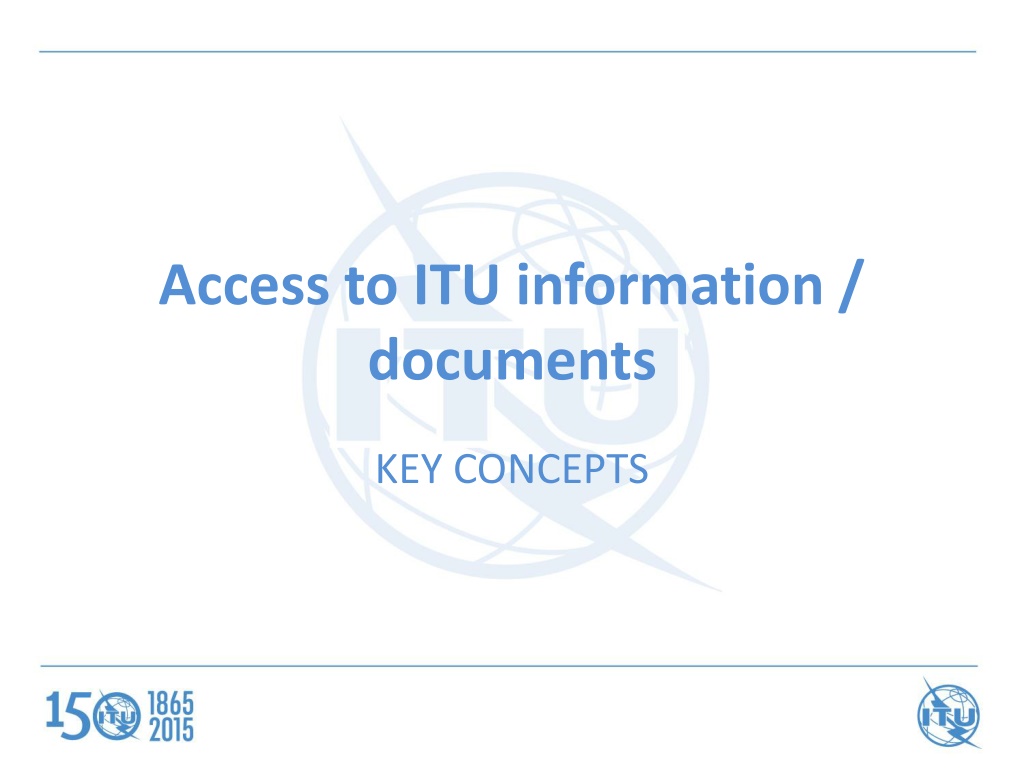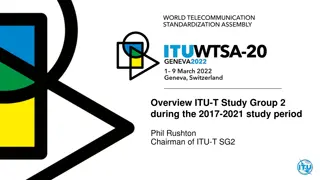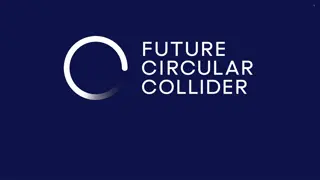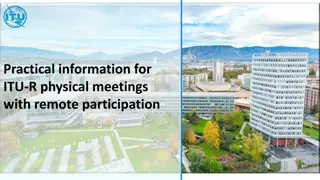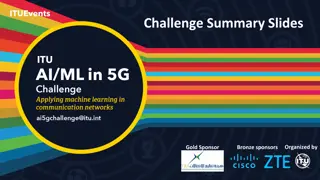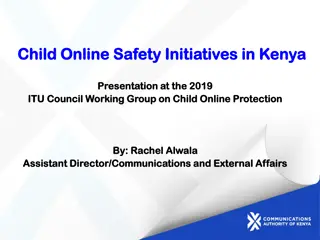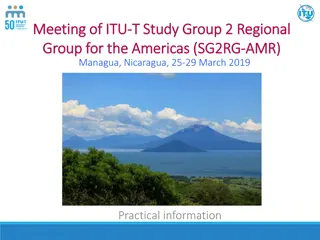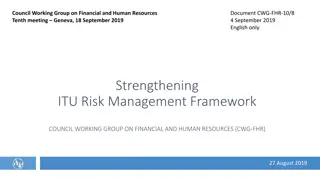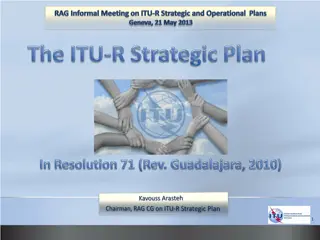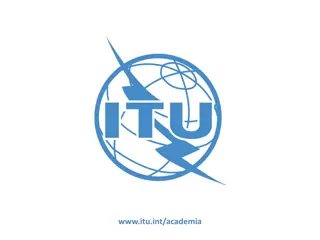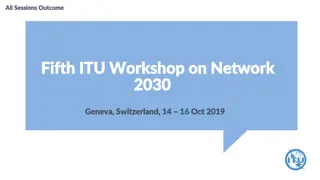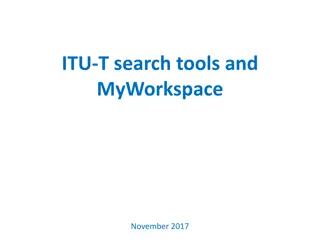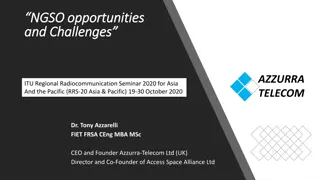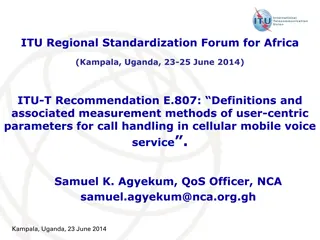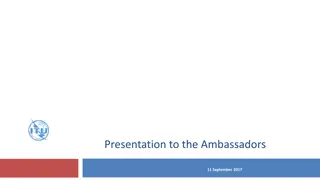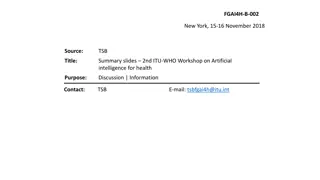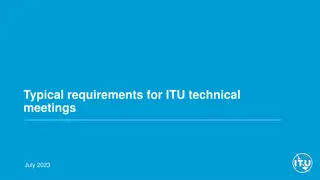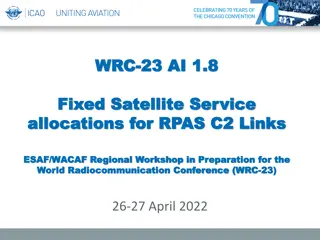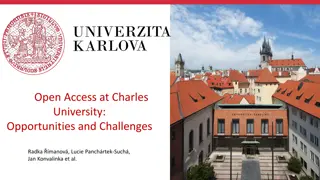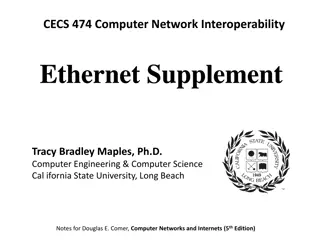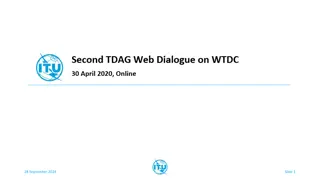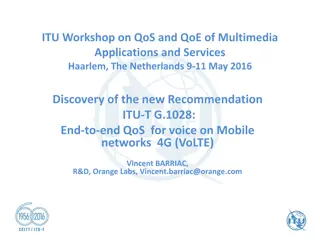Understanding Access to ITU Information and Documents
Exploring the concept of access in the work of a dedicated group, this content delves into the types of information that could or should be made available to the public, along with considerations on when access should be provided. It highlights the varying stages of information dissemination, discussing different forms and purposes of information in different contexts. The discussion emphasizes the distinction between providing access and addressing the implementation and procedural aspects. Additionally, it touches on the balance between the right to access information and the associated costs.
Download Presentation

Please find below an Image/Link to download the presentation.
The content on the website is provided AS IS for your information and personal use only. It may not be sold, licensed, or shared on other websites without obtaining consent from the author. Download presentation by click this link. If you encounter any issues during the download, it is possible that the publisher has removed the file from their server.
E N D
Presentation Transcript
Access to ITU information / documents KEY CONCEPTS
Definition: Access In the work of the Dedicated Group, access refers to: The right of members of the public to locate and retrieve information for use (consultation or reference) The right of private individuals to request and receive information from the Organization
Decisions required What types of information could/should be made available to the public? What types of information should not be made available to the public? Why not? May wish to consider when access could/should be provided.
Access could vary over time Early proposals, preliminary drafts, working papers Review, revision, final drafts Development, discussion/negotiation, testing Decisions, approvals, outcome documents Issue: Which stages of the process should be open to public access? When should access be provided?
Different forms, different purposes The same information may exist in different forms at different times for different purposes. It may be important to consider the purpose: Background document for discussion (restricted access) Report of discussions (may be available to the public?) Publication of outcome (for public dissemination)
What the discussion is NOT about It is essential to first decide what types of information could/should be made available to the public. Issues of implementation and procedure can only be addressed later Cost of access Method(s) of access
Right vs Cost Information may be made available to the public at a cost or free of charge For example, ITU produces a wide variety of publications for sale Must not confuse discussions about providing the right to access types of information with discussions about providing cost-free access to information
Availability of information How information is made available is a separate issue from the right to access Public access may be provided in many ways: Information routinely posted on ITU website Publications for sale Information provided upon request (e.g., for documents not regularly posted on the website; for historic documents only available in paper format)
